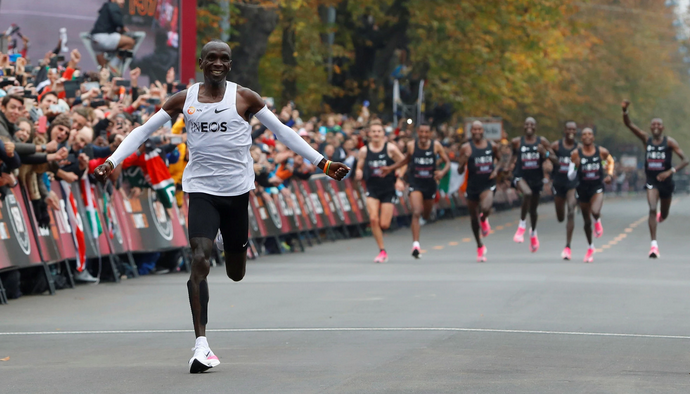I’m struggling to believe the sharing of club selection on par-3 tees is a rampant problem, but it’s hard not to read Beth Ann Nichols’ Golfweek follow-up on the Kendall Dye breach and wonder about the claim of widespread information sharing. Dye, you may recall, flashed a sign to confirm what club another player in her group hit at LPGA Q-School, prompting her to receive a penalty, as did the player whose caddie did so.
Dye then proceeded to claim she’s seen this happen thousands of times. The player who reported this, Christina Kim, was vilified on social media.
Nichols says no player contacted could confirm seeing one instance of a player asking for information as Dye alleges happens on par-3 tees, but some say caddies work together more than we think.
“Caddies flash numbers to players and caddies,” said one veteran LPGA player. Because rules violations are a sensitive topic, Golfweek spoke to caddies and players about the issue on the condition of anonymity. “That’s really not uncommon. I bet it happens in every group at least once during the round in every tournament.”
This may be specific to the LPGA Tour, because I’ve never seen it on the PGA Tour or PGA Tour Champions. Ever.
Then there is the amazing argument against the rule for advice currently in place—for seemingly obvious reasons like pace of play or that, oh, I don’t know, a competition is not about colluding for a common cause.
Two of the LPGA’s most thoughtful players, both veterans, echoed Wilson’s belief that it should change, calling the rule “nitpicky” and “stupid.” Because a player can easily look into a bag to see what club is missing, they say, what’s the harm in a caddie making it a little easier by holding up a couple of fingers?
Holy cow. Hey, why not help read putts too?
One player remembers coming out on the LPGA as a 21-year-old rookie and learning how hand signals work on tour. She never thought much about it until Dye got docked two strokes.
While some believe it’s a “victimless crime,” something that’s not even worth discussing, one player called it a wake-up call.
“This maybe is a culture that needs to stop,” said one longtime LPGA player. “It’s like suddenly everyone thinks they’ve never done it, or their caddies have never done it. All of a sudden everyone thinks their hands are clean.”
The ignorance to not comprehend what this all might mean is staggering. No sport has ever thrived or even succeeded upon the realization that it has been corrupted in some way. Recovery is a possibility, as is redemption, but for the athletes in golf to potentially live in a bubble that precludes them from understanding how deadly this all could be, is quite staggering.
Then again, this is where the adults in the room need to explain how the mere appearance of collusion will turn off fans and sponsors. They did not do so with backstopping, and it took a high-profile embarrassment to finally help players understand it was to the detriment of their “product” to engage in such activity. This time around, it’s incumbent on the Commissioners to speak up before this becomes “a thing”.



























